Subphylum Vertebrata Family Crocodylidae | Phylum Chordata Subfamily Crocodylinae Rank Species | |
 | ||
Similar Crocodile, Saltwater crocodile, Crocodylus, Crocodiles, Reptile | ||
Freshwater crocodile unboxing
The freshwater crocodile (Crocodylus johnsoni or Crocodylus johnstoni; see below), also known as the Australian freshwater crocodile, Johnstone's crocodile or colloquially as freshie, is a species of reptile endemic to the northern regions of Australia.
Contents
- Freshwater crocodile unboxing
- Taxonomy and etymology
- Characteristics
- Distribution and habitat
- Biology and behavior
- Reproduction
- Conservation status
- Danger towards humans
- References
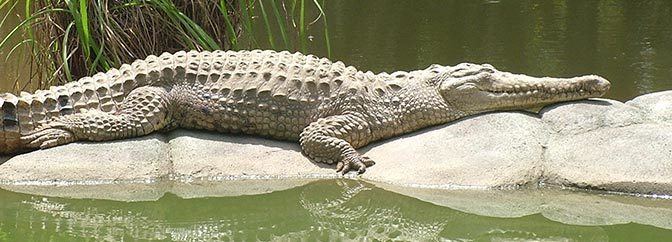
Unlike their much larger Australian relative, the saltwater crocodile, freshwater crocodiles are not known as man-eaters and rarely cause fatalities, although they will bite in self-defense if cornered.
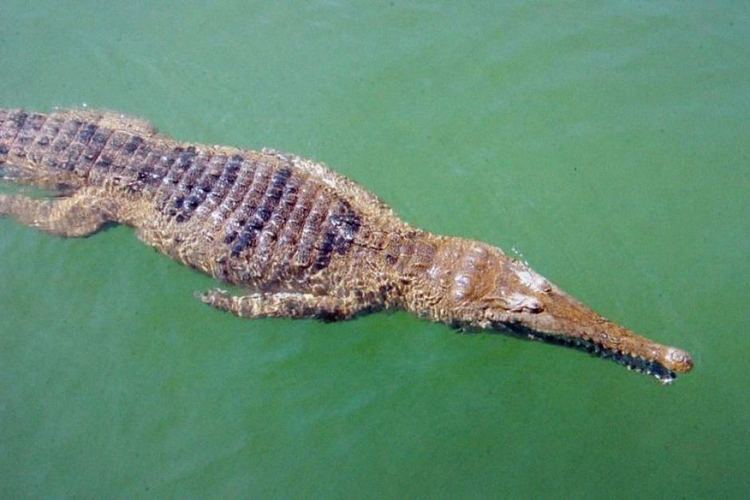
Taxonomy and etymology
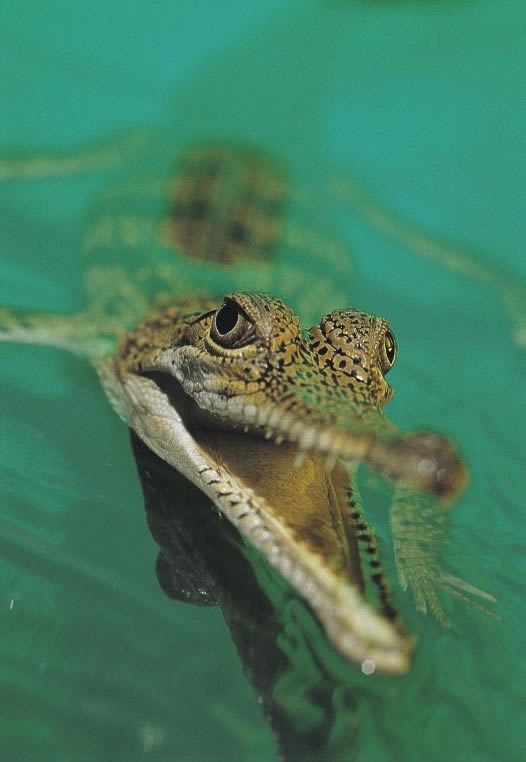
When Gerard Krefft named the species in 1873, he intended to commemorate the man who first reported it to him, Australian policeman and naturalist Robert Arthur Johnstone (1843-1905). However, Krefft made an error in writing the name, and for many years the species has been known as C. johnsoni. Recent studies of Krefft's papers have determined the correct spelling of the name, and much of the literature has been updated to the correct usage. However, both versions still exist. According to the rules of the International Code of Zoological Nomenclature, the epithet johnsoni (rather than the intended johnstoni) is correct.
Characteristics
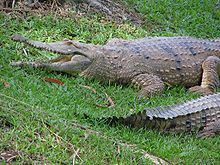
The freshwater crocodile is a relatively small crocodilian. Males can grow to 2.3–3 m (7.5–9.8 ft) long, while females reach a maximum size of 2.1 m (6.9 ft). Males commonly weigh around 70 kg (150 lb), with large specimens up to 100 kg (220 lb) or more, against the female weight of 40 kg (88 lb). In areas such as Lake Argyle and Katherine Gorge there exist a handful of confirmed 4 metres (13 ft) individuals. This species is shy and has a more slender snout and have slightly smaller teeth than the dangerous saltwater crocodile. The body colour is light brown with darker bands on the body and tail—these tend to be broken up near the neck. Some individuals possess distinct bands or speckling on the snout. Body scales are relatively large, with wide, close-knit armoured plates on the back. Rounded, pebbly scales cover the flanks and outsides of the legs.
Distribution and habitat
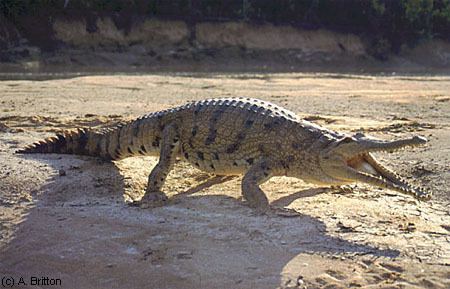
Freshwater crocodiles are found in the states of Western Australia, Queensland, and the Northern Territory. Main habitats include freshwater wetlands, billabongs, rivers and creeks. This species could live in areas where saltwater crocodiles could not, and are known to inhabit areas above the escarpment in Kakadu National Park and in very arid and rocky conditions (such as Katherine Gorge, where they are common and are relatively safe from saltwater crocodiles during the dry season). However, they are still consistently found in low-level billabongs, living alongside the saltwater crocodiles near the tidal reaches of rivers.
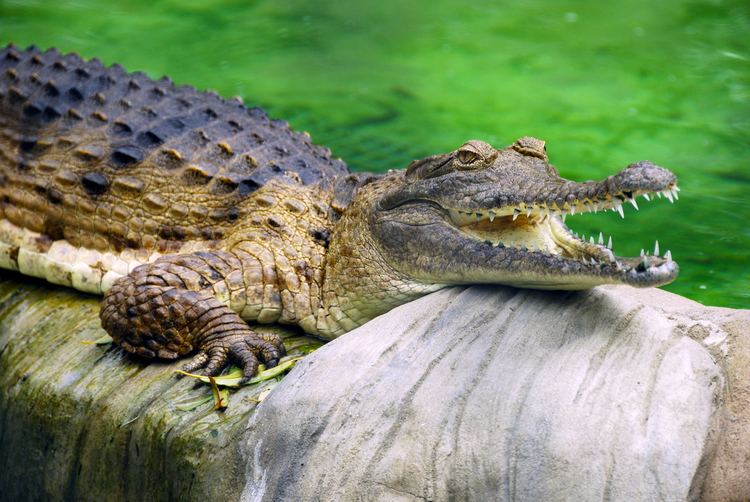
In May 2013, a freshwater crocodile was seen in a river near the desert town of Birdsville, hundreds of kilometres south of their normal range. A local ranger suggested that years of flooding may have washed the animal south, or it may have been dumped as a juvenile.
Biology and behavior
They compete poorly with saltwater crocodiles; however, this species is saltwater tolerant. Adult crocodiles eat fish, birds, bats, reptiles and amphibians, although larger individuals may take prey as large as a wallaby.
One has even been filmed being eaten by an olive python after a struggle that lasted for an estimated 5 hours.
Reproduction
Eggs are laid in holes during the Australian dry season (usually in August) and hatch at the beginning of the wet season (November/December). The crocodiles do not defend their nests during incubation. From one to five days prior to hatching, the young begin to call from within the eggs. This induces and synchronizes hatching in siblings and stimulates adults to open the nest. It is not known if the adult that opens a given nest is the female which laid the eggs. As young emerge from the nest, the adult picks them up one by one in the tip of its mouth and transports them to the water. Adults may also assist young in breaking through the egg shell by chewing or manipulating the eggs in its mouth.
Conservation status
Until recently, the freshwater crocodile was common in northern Australia, especially where saltwater crocodiles are absent (such as more arid inland areas and higher elevations). In recent years, the population has dropped dramatically due to the ingestion of the invasive cane toad. The toad is poisonous to freshwater crocodiles, although not to saltwater crocodiles, and the toad is rampant throughout the Australian wilderness. The crocodiles are also infected by Griphobilharzia amoena, a parasitic trematode, in regions such as Darwin.
Danger towards humans
Although the freshwater crocodile does not attack humans as potential prey, it can deliver a nasty bite. There have been very few incidents where people have been bitten whilst swimming with freshwater crocodiles, and others incurred during scientific study. An attack by a freshwater crocodile on a human was recorded at Barramundi Gorge (also known as Maguk) in Kakadu National Park and resulted in minor injuries; the victim managed to swim and walk away from the attack. He had apparently passed directly over the crocodile in the water. However, in general, it is still considered safe to swim with this species, so long as they are not aggravated.
